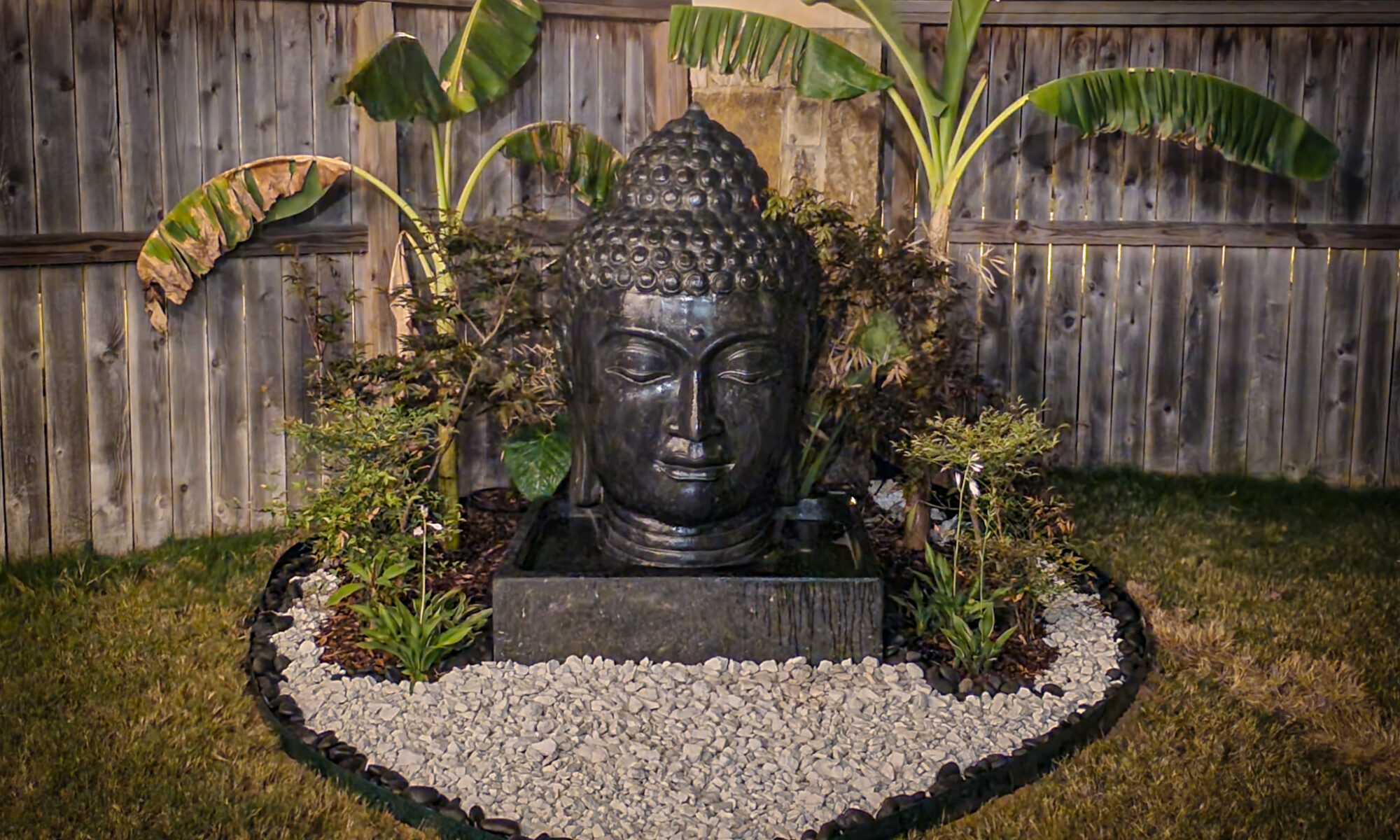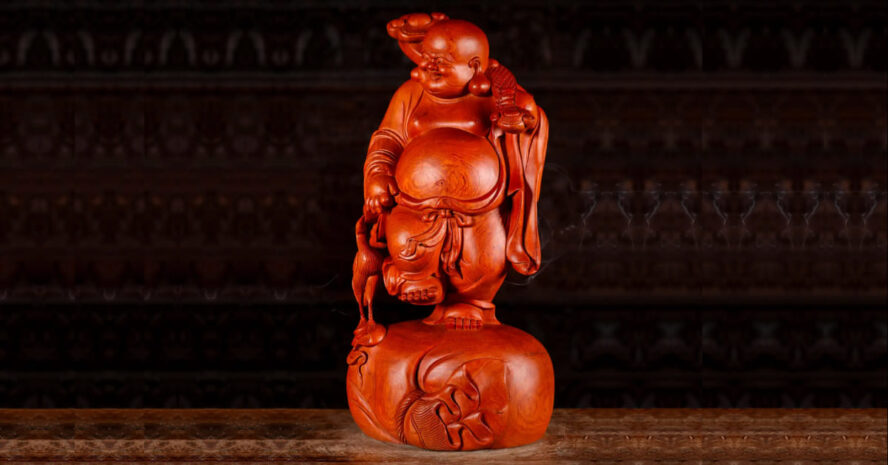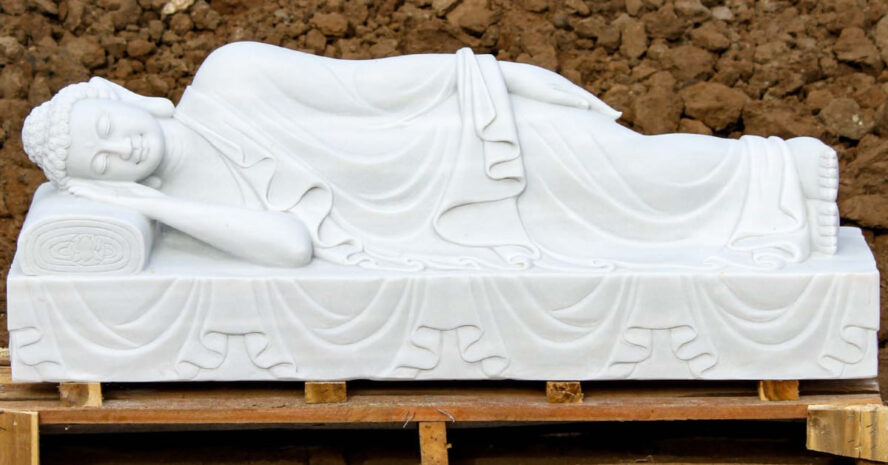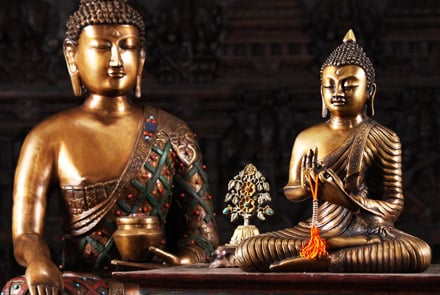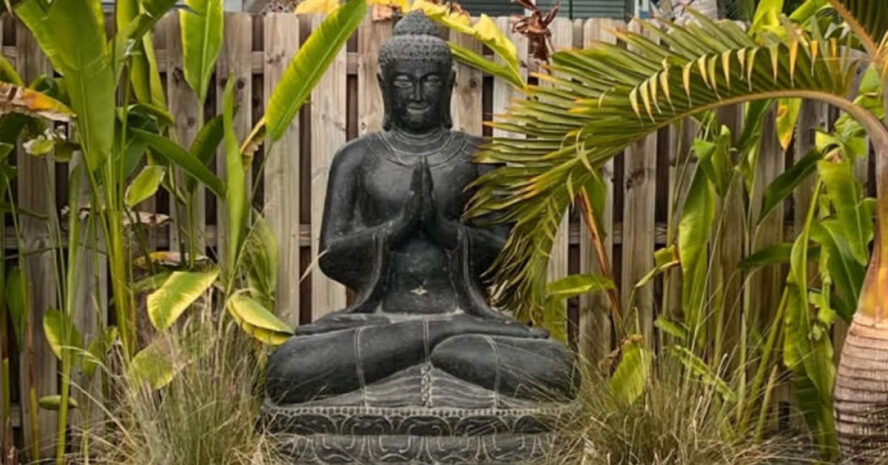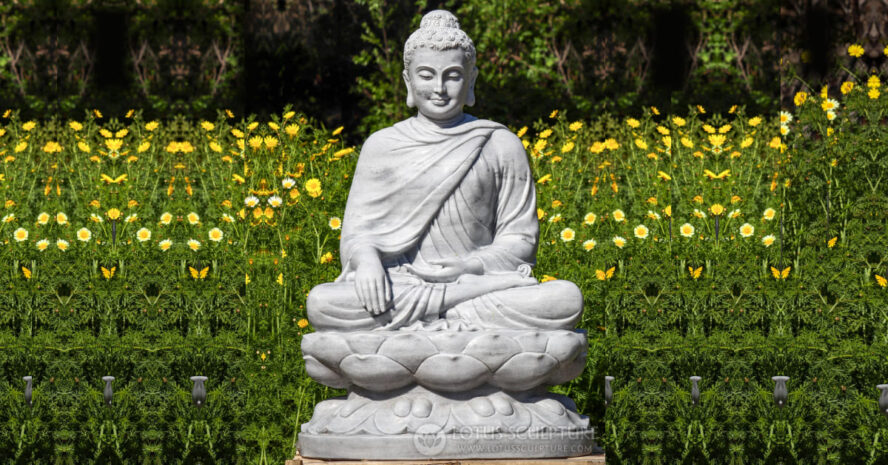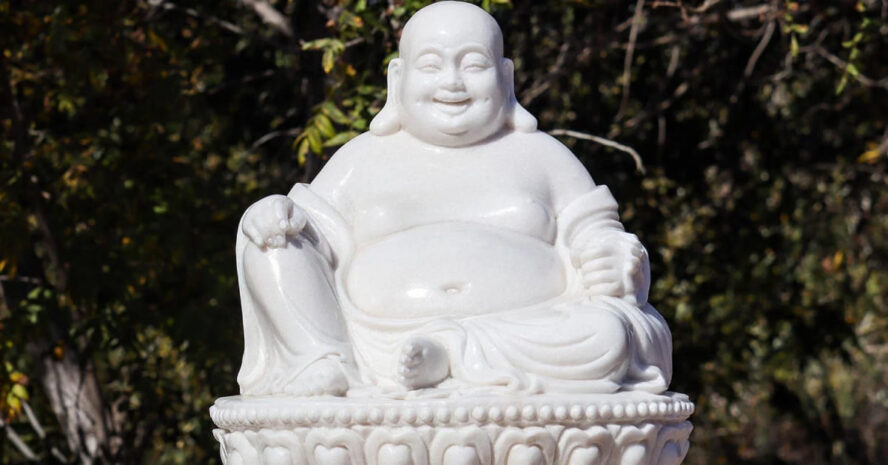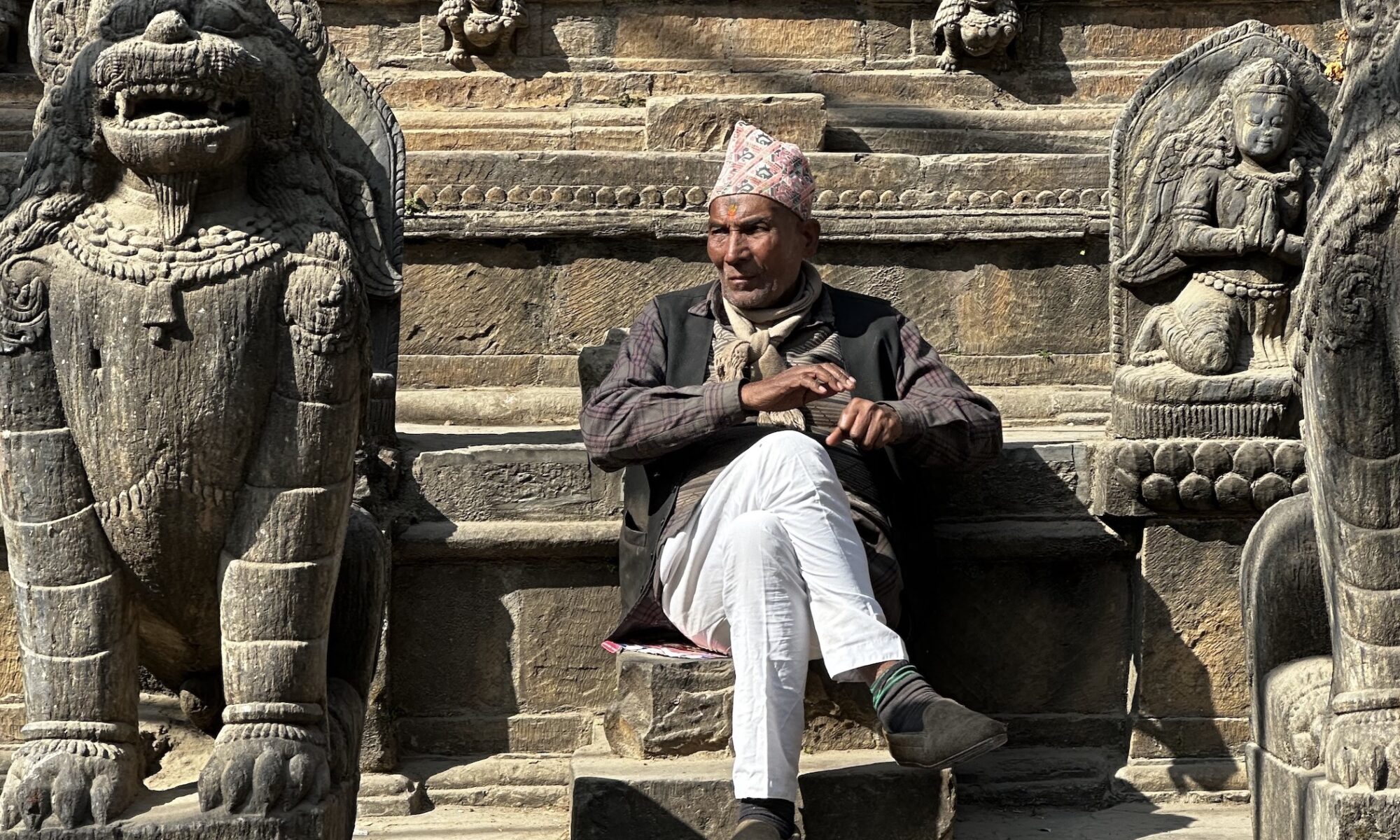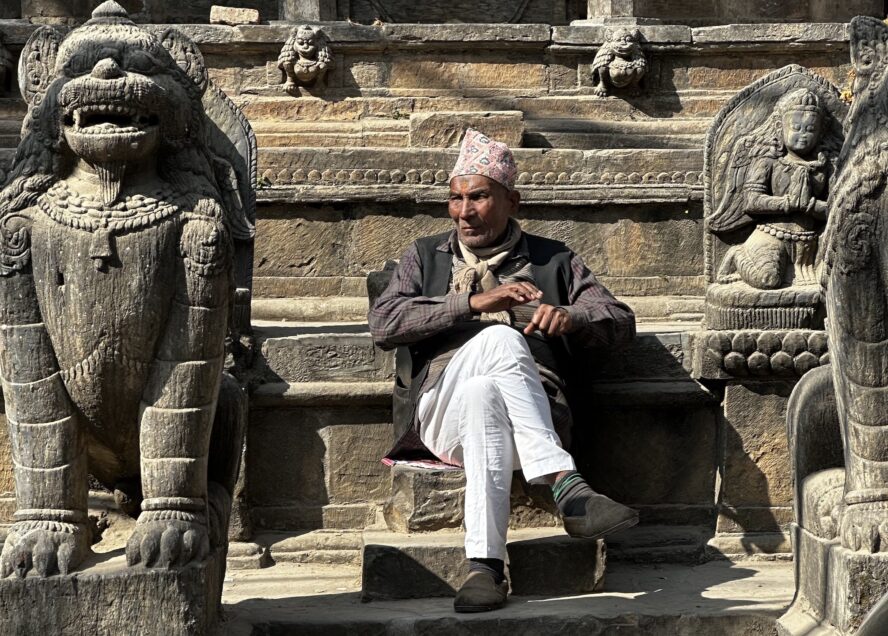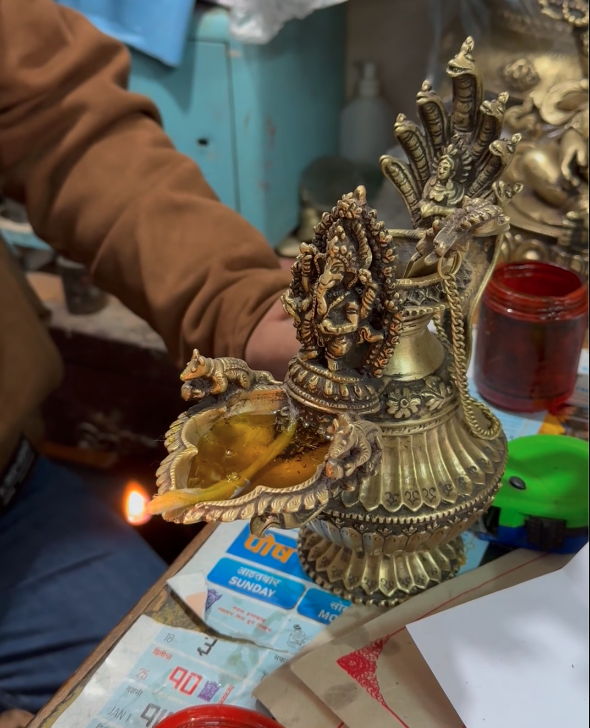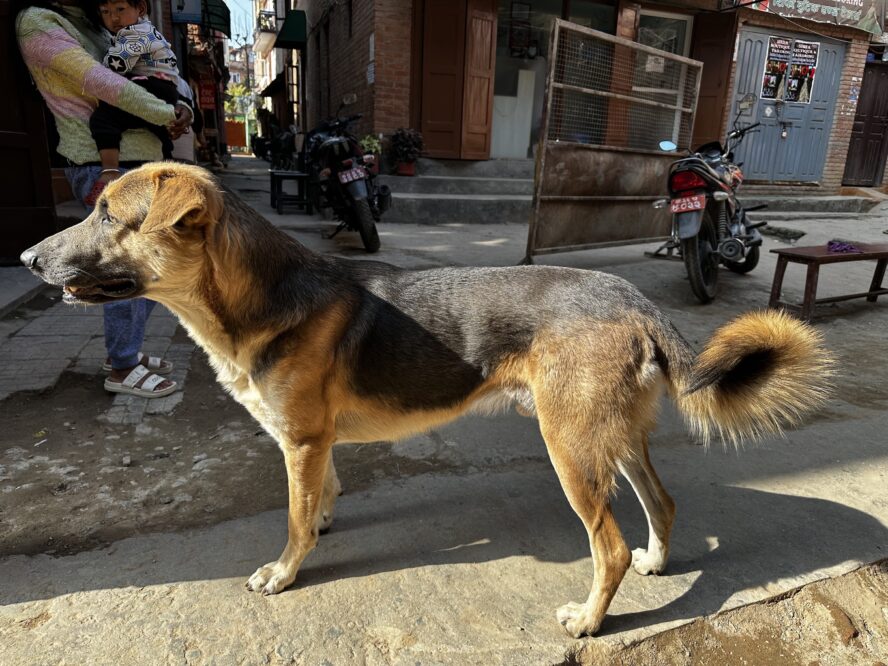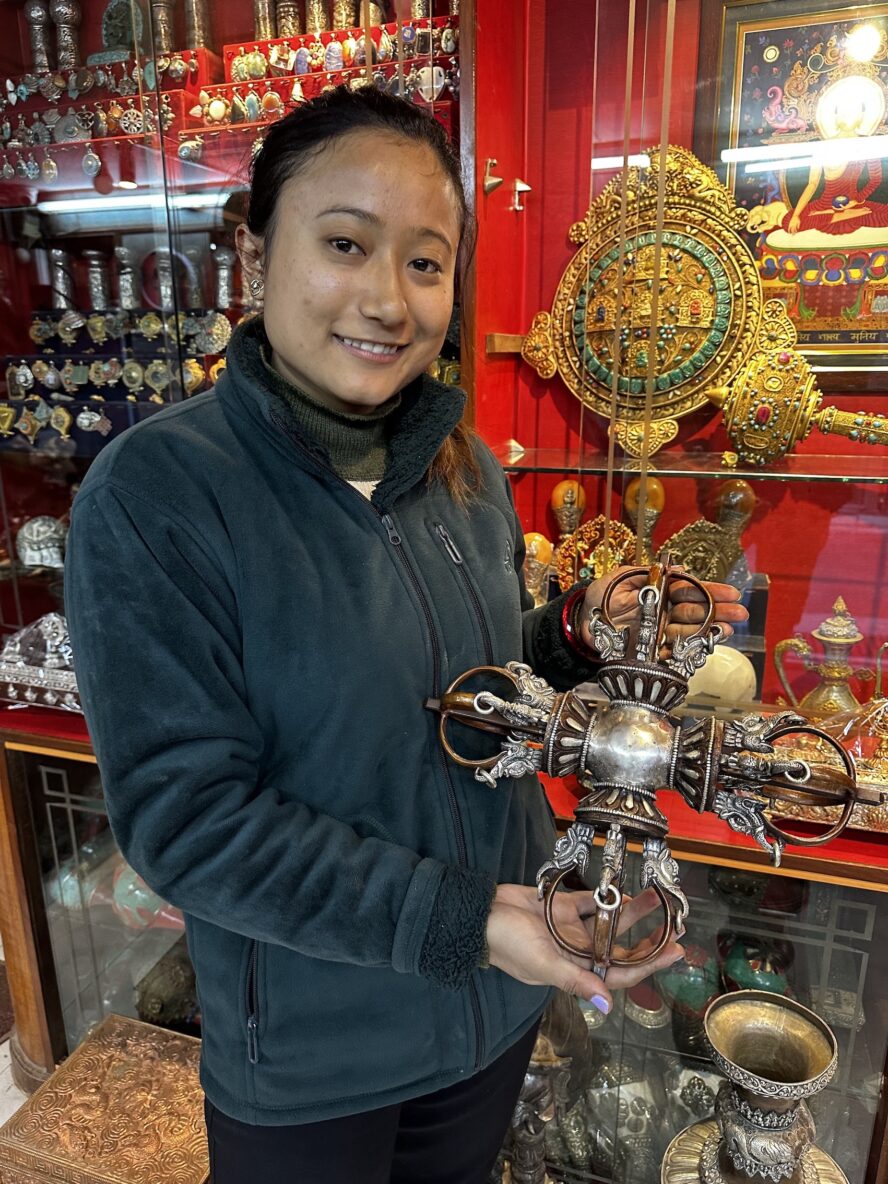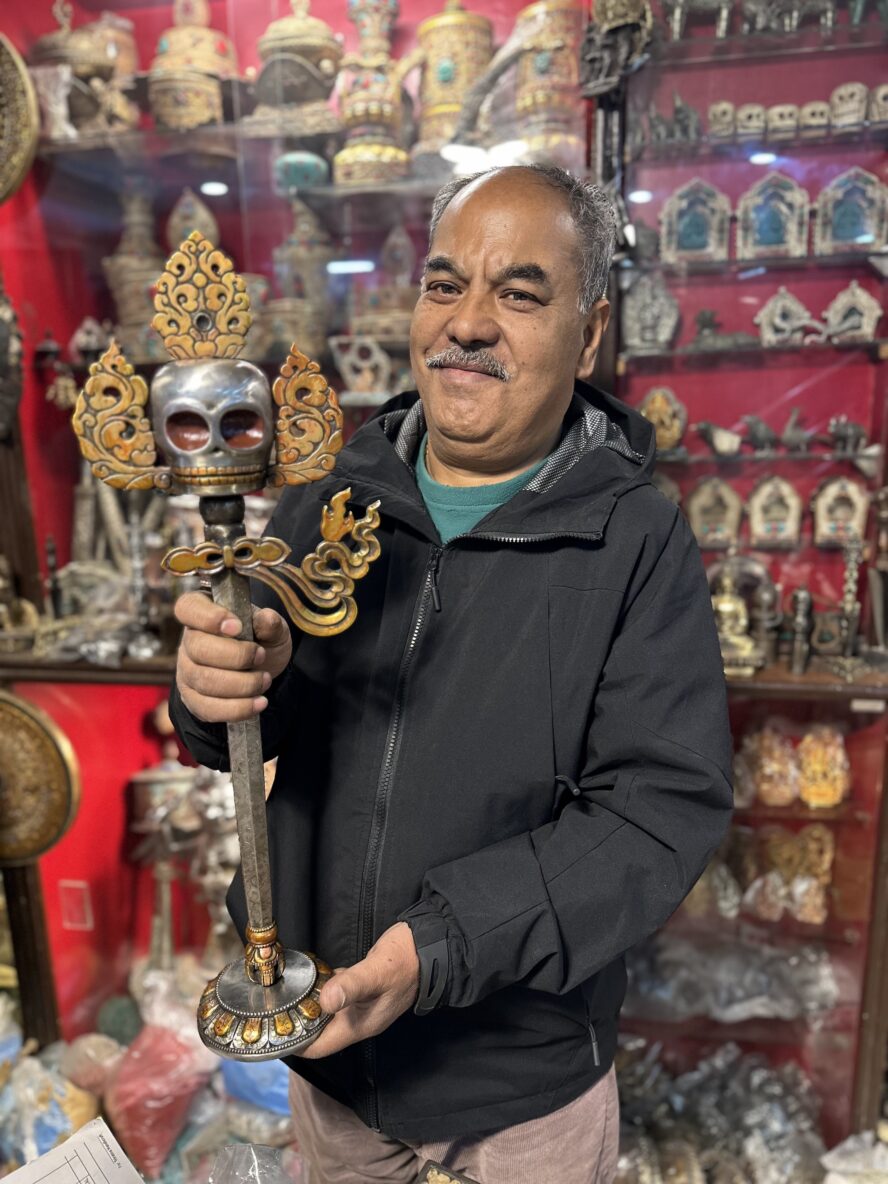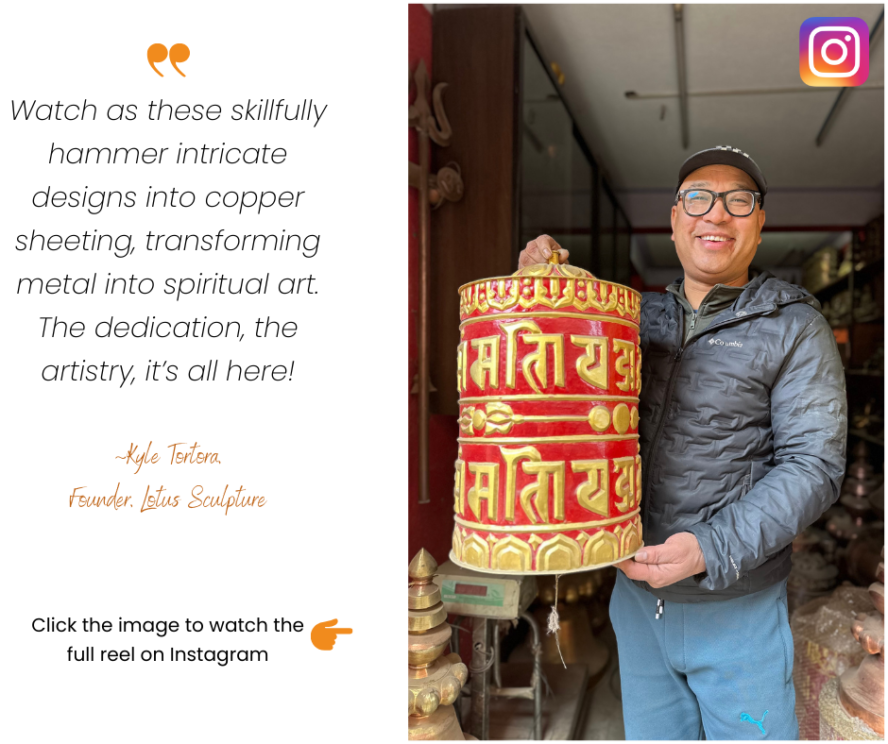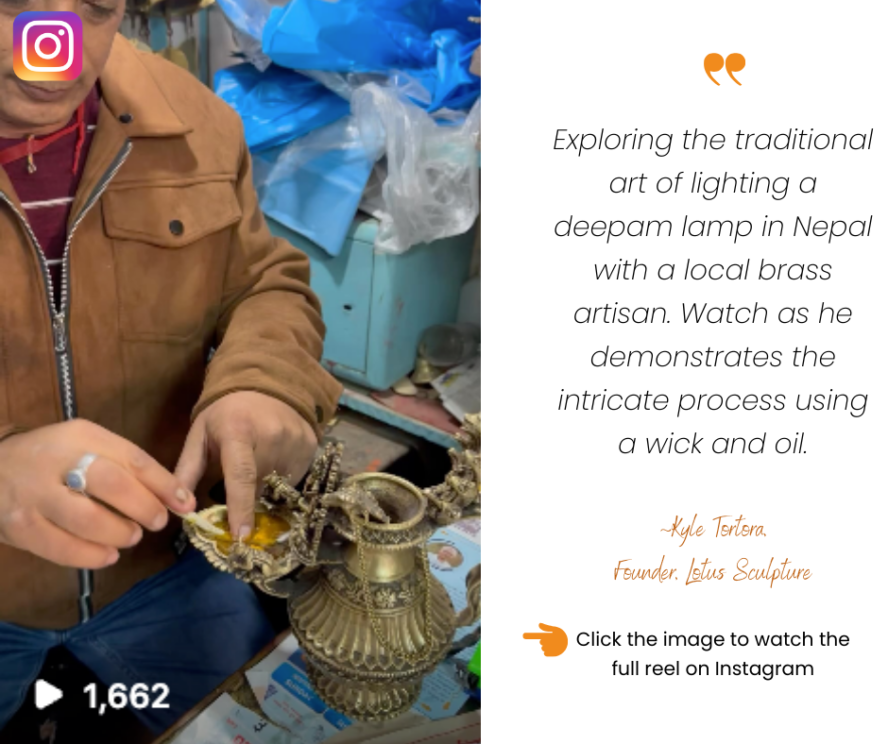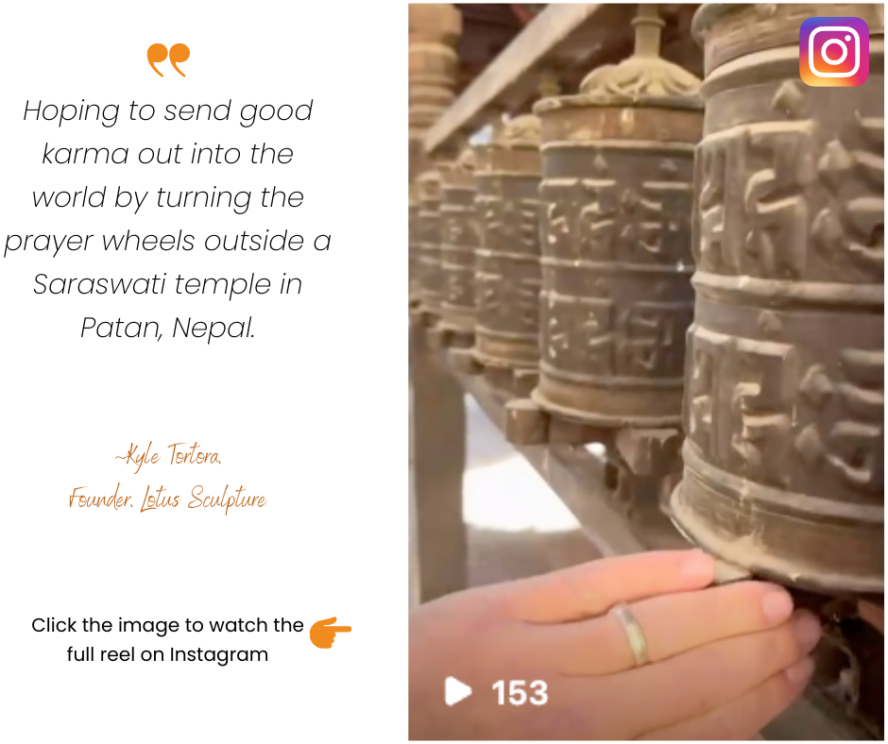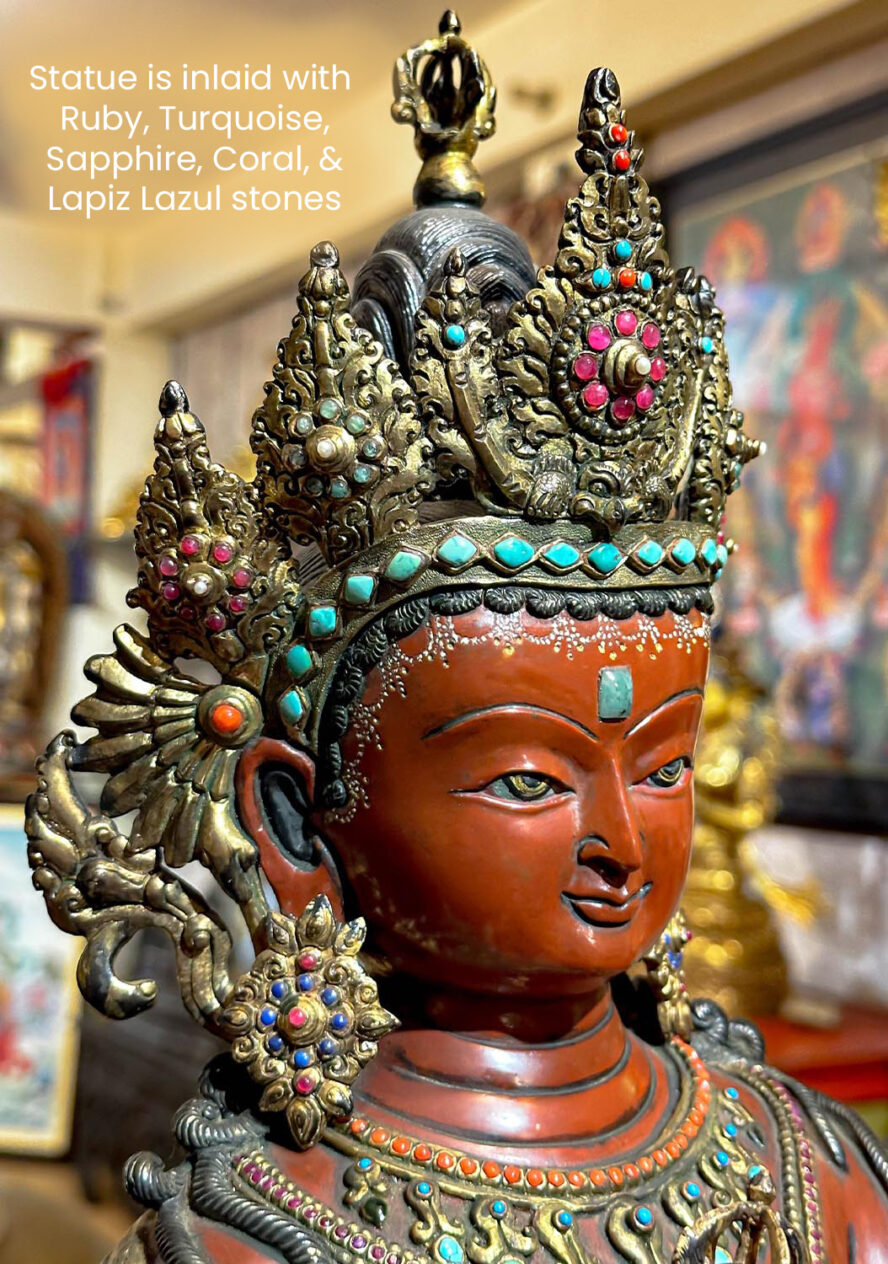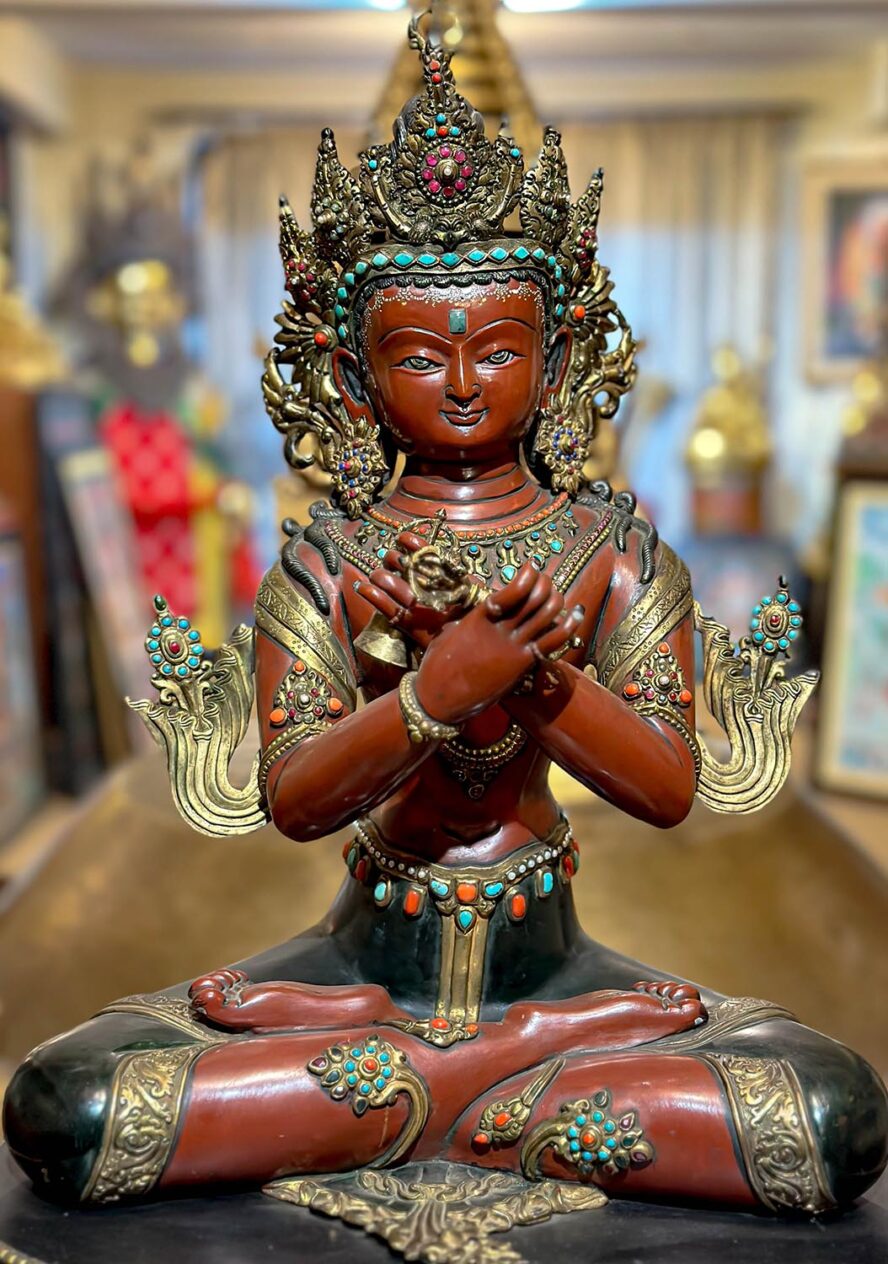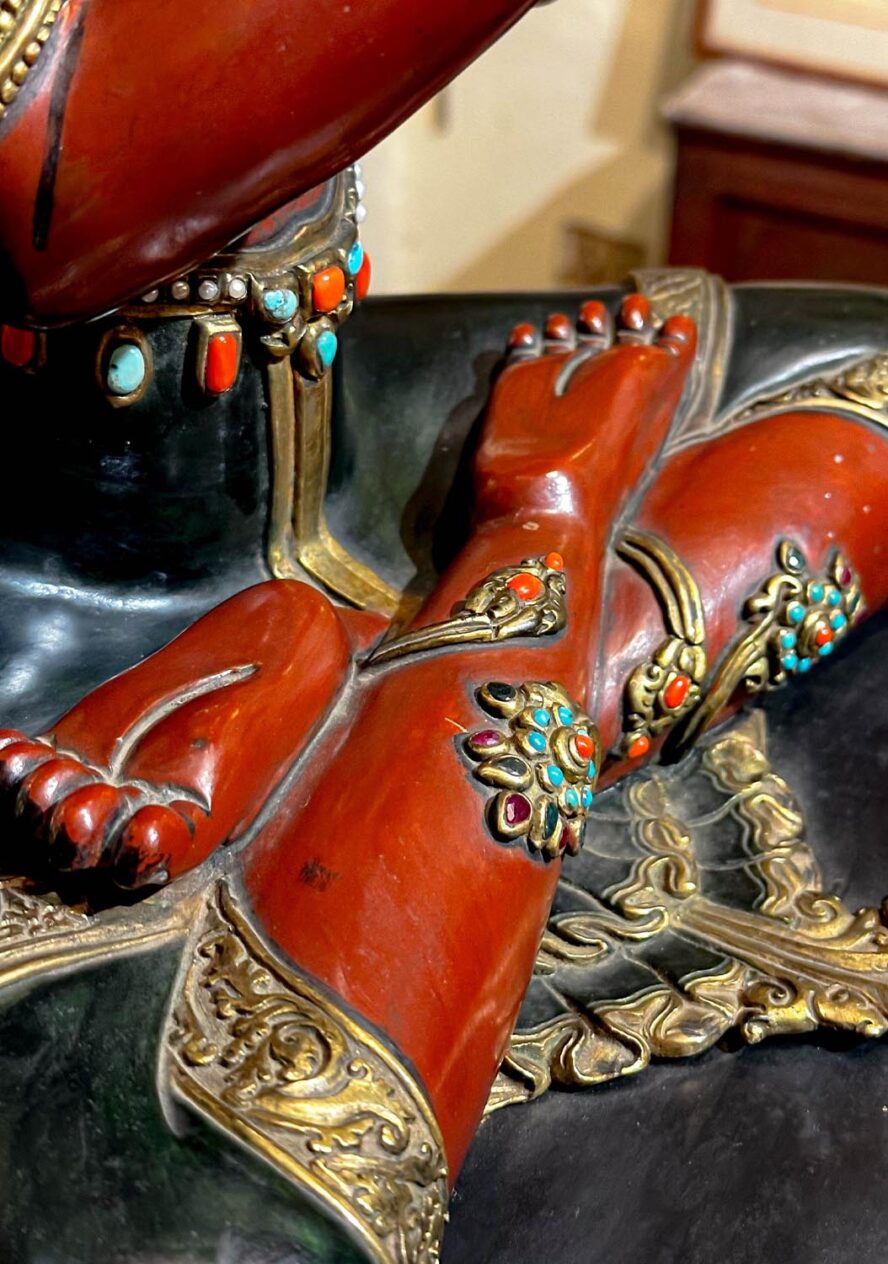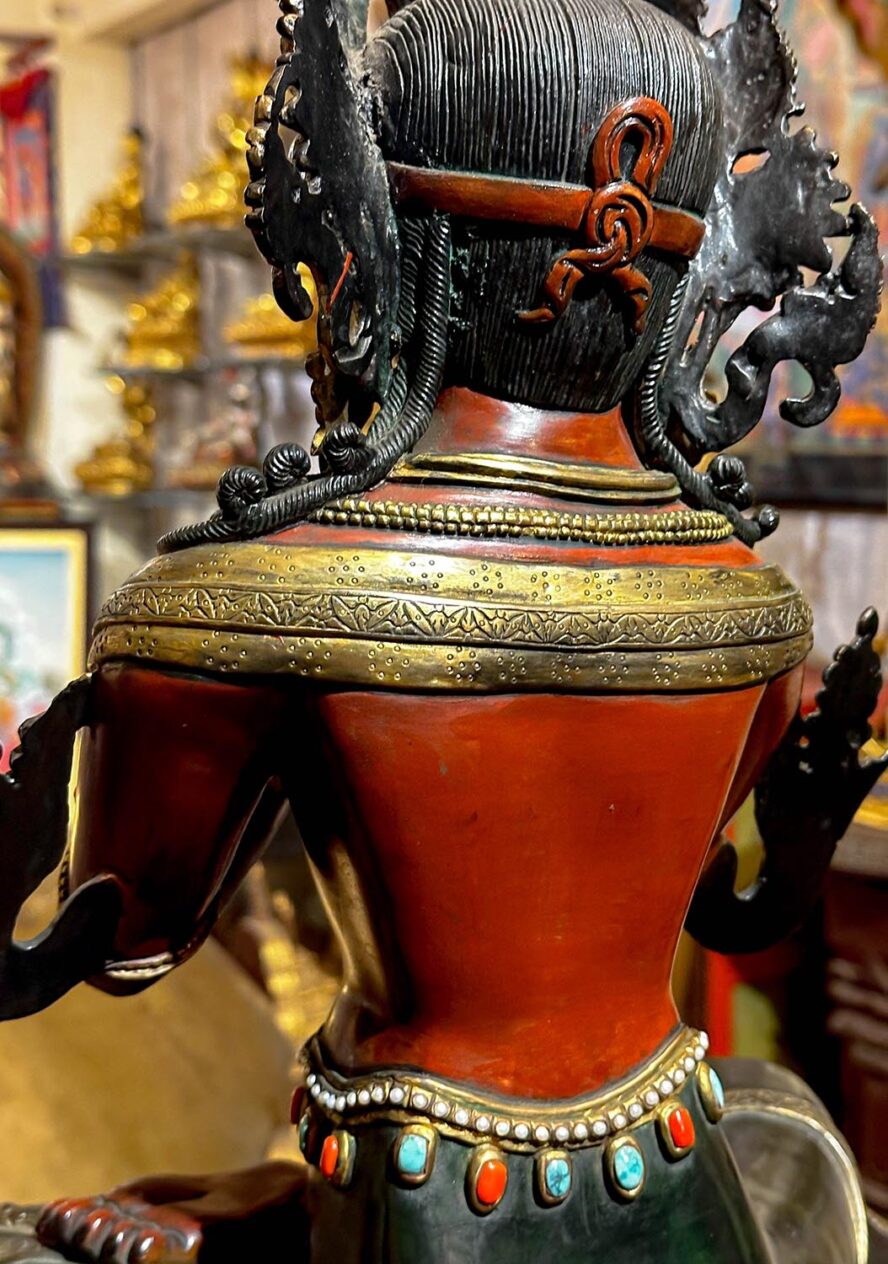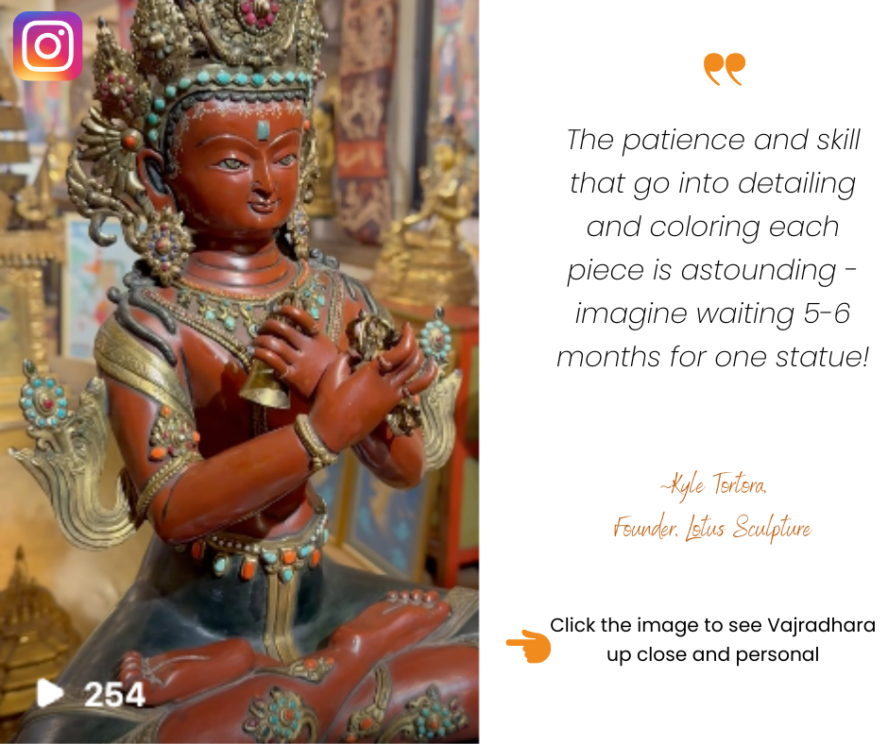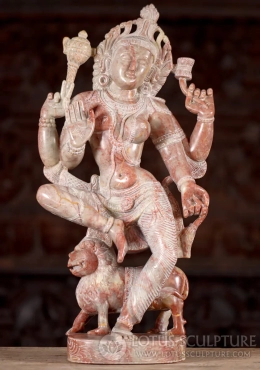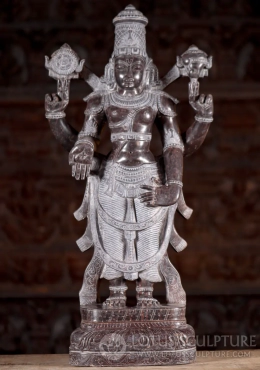The Buddha statues not only stand as an object of art but are also very symbolic and spiritually meaningful which are thus a mirror reflection of the different philosophies of the Buddha. Peace, Harmony, and Mindfulness are the learnings of Buddha to always keep in mind.
This article shares a guide for you to understand the various Buddha statutes that hold various resemblances and how different statutes hold different meanings.
Meditating Buddha (Dhyana Mudra)
Meditating Buddha with his posture sitting in the lotus position, with the legs crossed. The hands rest on the thighs, palms facing upward. This pose represents calm concentration and meditation.
It is also used in the Dhyana Mudra position, which is a sign for spiritual enlightenment, and often a symbol for the practice contained within the places of worship and prayer, Мeditation. Such statues should be placed in calm and peaceful places to create bliss.
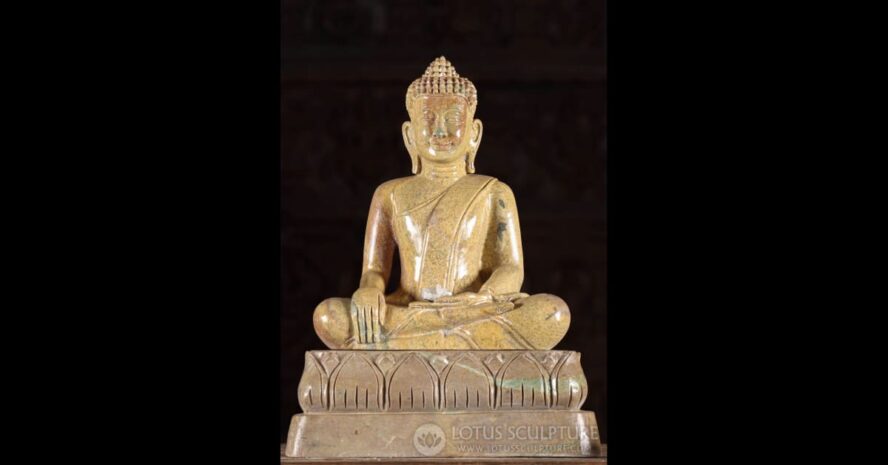
Teaching Buddha (Dharmachakra Mudra)
Buddha is seated upright in this posture, both hands at chest level, with a circle formed between the thumb and the index finger. This is Buddha’s first sermon after he attained enlightenment. The role is to symbolize an uninterrupted stream of energy of the wheels of Dharma.
Such statues should ideally be kept in study areas, libraries, or any space for learning and wisdom.
Reclining Buddha
Reclining Buddha is the Buddha lying on the right side with the head supported by the right hand representing his last days as he transcended to Nirvana.
The status symbolizes the last moment of Buddha conveying his peach, detachment, and the transcendence of the worldly sufferings of the world.
The ideal placements of such statues are inside the living rooms or at places that you visit mostly to chill.
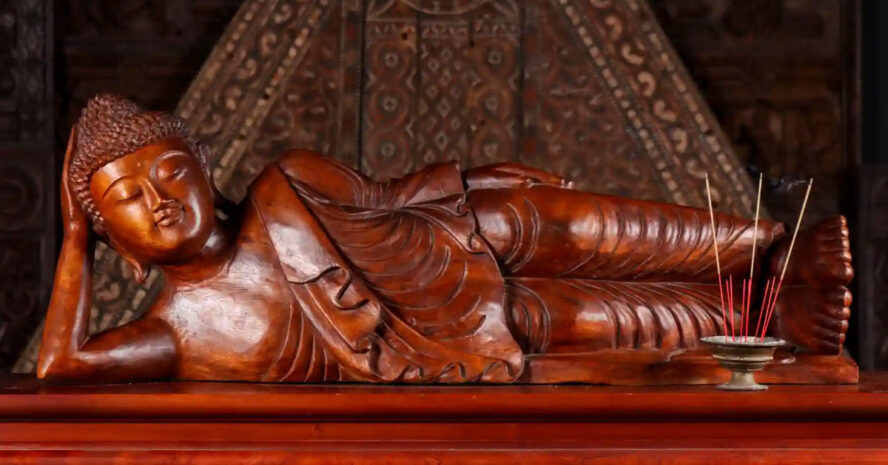
Protection Buddha (Abhaya Mudra)
Abhaya Mudra is the position of Buddha facing forward with the palm outward, and the right hand raised This position signifies the art of courage, fearlessness, and protection. This is often used by the elderly to get off of negative energy and provide them and their families with a sense of security.
This status should be carefully placed on the entrance gates and doors to safeguard homes and offices from negativity and boost morale and courage.
Laughing Buddha (Hotei)
Laughing Buddha is the most popular statue which is significant for spreading abundance and prosperity, joy and happiness. With a plumpy, happy face with a large belly, this status is often believed to carry good luck and wealth to families.
Such statues should be placed ideally in places like living rooms, office desks, or cash registers to attract positive energy throughout and financial success.
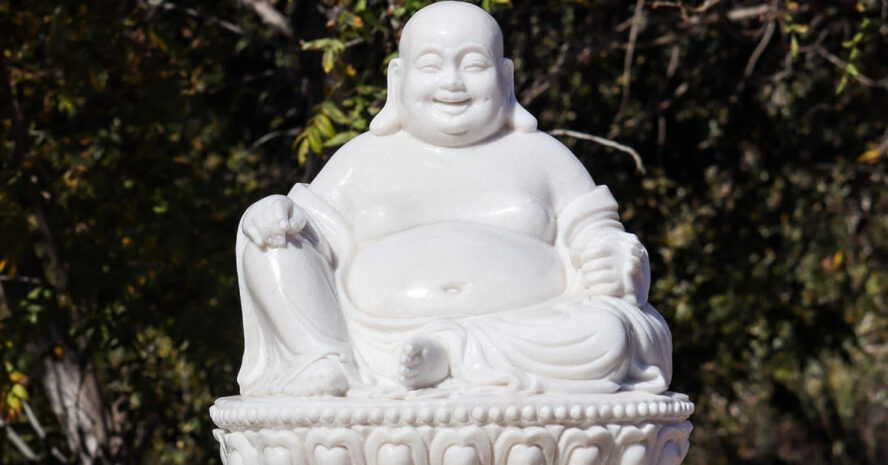
Earth-Touching Buddha (Bhumisparsha Mudra)
The posture of the statue with the left hand resting on the lap and the right hand touching the ground in a Bhumisprsha Mudra holds a very profound spiritual resemblance. The statue symbolizes the moment of the Buddha’s enlightenment, the statue is a proud example of Buddha’s unmoved determination and how you overcome your differences by facing obstacles.
Such statues are to be placed in places like offices and areas where you need focus and need to resolve.
Walking Buddha
The walking Buddha is the statue of Buddha in a mid-stride where he raises his one hand onto the position such that he grants reassurance to his followers. The true meaning of these statues is to represent grace and movement and the spreading of Dharma. The statue represents the symbol of true spiritual progress.
The ideal way to position such a statue is in the hallways or the entryways to encourage personal growth and movement around the house.
Praying Buddha (Anjali Mudra)
The statue is seated with the palms pressed together in a prayer gesture. The true meaning depicted in this statue is the devotion and the significant gratitude of the one towards the other, the statue is meant for spreading respect and humility among individuals.
Such models are meant to be kept at altars and areas dedicated specially for worship and meditation.
Laughing Buddha with Children
The laughing Buddha with children is the statue where the plumpy Buddha is surrounded by children often resembling fertility and joy. The true meaning of the statue is to bring blessings, family harmony, and joyfulness of good fortune.
The ideal placement of such statues should be kept in rooms or areas where togetherness is celebrated.
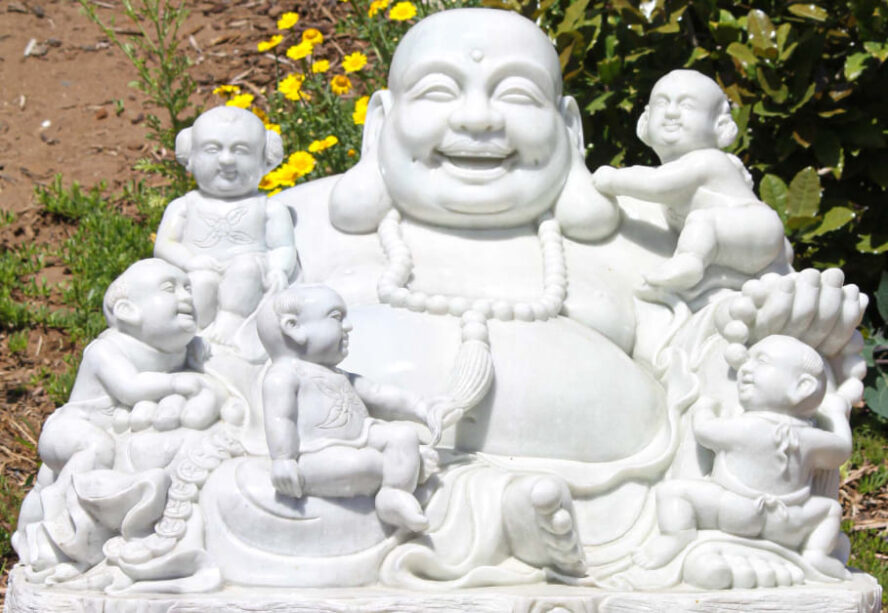
Buddha Head Statue
The statue of the Buddha’s head with tight curls and a meditative expression is a resemblance of true wisdom, knowledge, and the essence of the teachings. The statue holds great spiritual value and is known to be kept in places where you need good focus and positive energy to keep going.
The statue is placed mostly in places like shelves and study rooms as a symbol of great introspection.
Choosing the Right Buddha Statue
When you choose the right statue, the most important thing to keep in consideration is the symbol and the energy you wish to carry with the statue. Different Buddha statues holds different energies; you choose the one you like for your space. Every statue has its meaning. Make sure you align those meanings with the right intention to prosper in tranquillity.
Tips to consider when you have purchased the Buddha statue
- Always make sure that the statue faces inward this should be kept in mind as the statue facing inward spreads positive energy.
- Always keep the area clean and clustered with good energy
- Keep the lighting good and healthy to set in those positive energy
Conclusion
Buddha statues hold great value when it comes to inspiring and bringing in positive energy anywhere you carry it. Whether you seek peace or you want to enhance prosperity and wisdom. When you purchase, choose wisely and each Buddha symbolizes each with its intention and allows you to connect with your profound skill.


